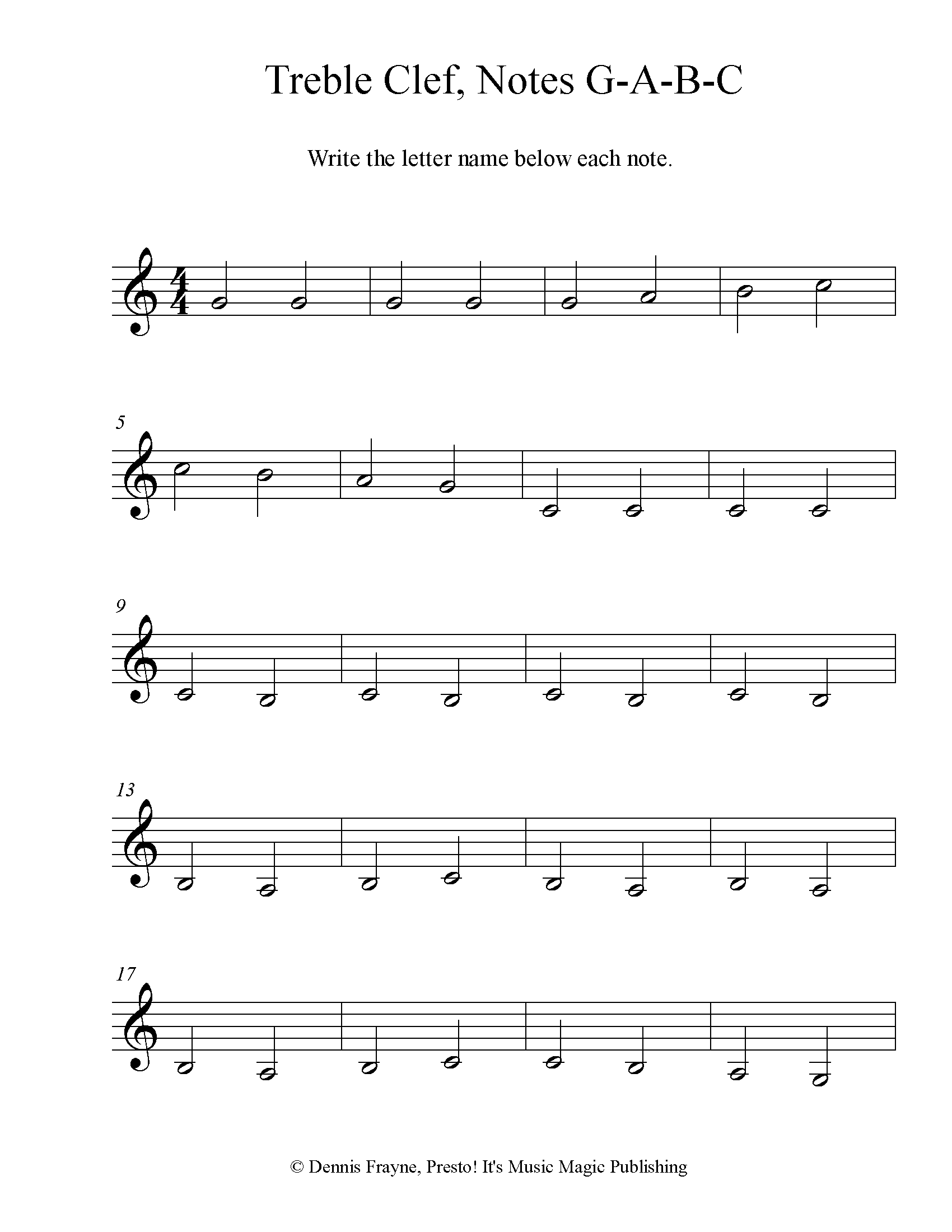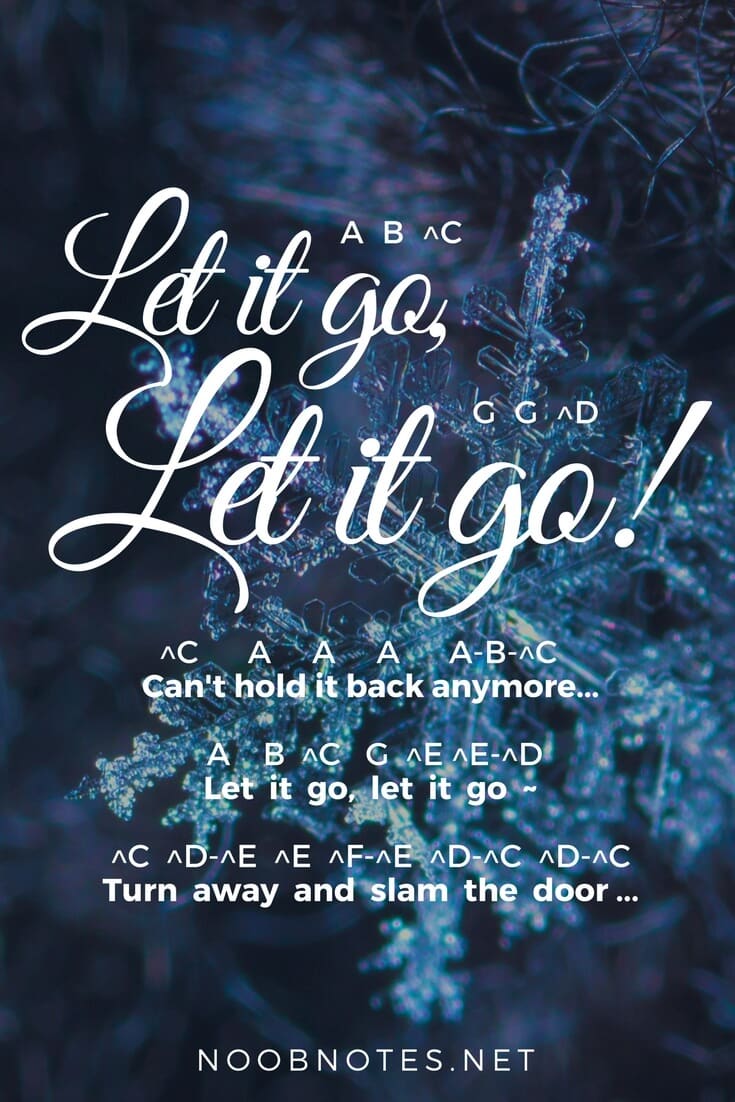

Music With Letters Instead Of Notes How To Read Piano
Swag Districts Teach Me How to Dougie for his campaign walk-on song.There’s a common misconception that reading piano sheet music is hard, but with a clear strategy, it’s actually quite easy to learn.Here’s how to read piano sheet music in 11 easy steps The definition of the letters and their corresponding notes is the following:They all refused and instead argued Dems should nail down an agreed-upon list of. There are 7 letters to represent musical notes. The notes used are universal, which facilitates communication with musicians from other countries. Those notes correspond to specific tone frequencies - in fact, the same frequencies that we've been using with the.Musical notes can be identified by letters to facilitate writing and increase reading speed.
Understanding Dynamics, Rests, Articulations, And Tempo Familiarizing Yourself With Key Signatures Understanding Sharps, Flats, And Naturals
The lower the C you play on the piano, the deeper the tone will be. Every time you see a group of two black notes, that first white key will always be a C. That pattern of two and three repeats up and down the entire piano.The first white note located in front of the group of two black keys is called C. The black and white keys represent all of the different tones of the piano.As you look at the keyboard the first thing that should stick out to you is how the piano keys are organized in a pattern.Looking at the diagram above it’s clear that there are groups of two black keys and groups of three white keys. This is one of the first things I outline in my piano course which you can check out here. Learning these strategies will allow anyone to pick up a piece of sheet music and read through it with ease!Before attempting to read any sheet music, there needs to be a clear understanding of what all of those black and white keys mean.
See if you can memorize where all of the notes of the musical alphabet are located. These are the basic notes of the music alphabet, and they can be augmented in many ways which we’ll discuss later in the steps.Spend some time familiarizing yourself with the diagram above. Because the piano is designed around the musical alphabet, it’s easy to see how the pattern repeats.The seven different tones on the piano are A B C D E F G. The same logic applies here too.
For example, the bottom line is E, the second line is G, the third line is B and so forth. The bottom line of the staff is E, and each line after that represents a skipped note. Together they create the grand staff, however, they contain both the treble and bass clefs.The treble clef is often referred to as the G clef. Understanding The Treble StaffUnlike most instruments, pianists have the tough task of reading two different music staffs.
Middle C is the fourth C on the piano, usually where the brand logo appears.Characteristics of notes in the treble staff are higher pitched compared to the bass staff. For the spaces simply remember the word FACE.The location of the notes on the treble staff is anywhere from middle C and upward. The first letter of each word represents the order of notes on the lines. The first space is F, followed by A, C, and E.One way to memorize the notes on the treble staff is to use the saying “Every Good Boy Does Fine.
The clef has two dots that center around the 4th line. For the spaces, the bottom space is A while the top space is G.An easy way to remember the notes is to base it off of the bass clef. What changes however is the notes that are on each line and space.The bottom line of the bass staff is G and the top line is A. The whole concept of the lines and spaces representing skips between pitches remains the same. Understanding The Bass StaffThe bass staff operates just like the treble staff. This includes hand crossing and occasionally playing pieces up or down an octave from their original location.
Understanding Ledger LinesWhere both staffs share some notes in common is around the middle C region. For a pianist just wanting to learn popular music or traditional piano repertoire, the left hand will almost always play a supportive role in the music. Pianists will usually play single notes, simple rhythms, or chords to help create beautiful harmonies with the right hand.Depending on the difficulty of the music, there are times when the melody will actually be in this region of the piano. Bass staff is where most of the accompaniment takes place in music.
These notes can be added below the staff or above the staff.Ledger lines are an extension of the staff, so the same concept applies when trying to figure out which note to play. By having C as the central point, it’s easy to locate where the hands should go on the piano, and what pitches each hand will be primarily responsible for while playing a piece.Each additional line that is added to each of the staffs is called a ledger line. Look at the picture below to see what I mean.Initially it’s a tricky concept to understand, however, it makes a ton of sense for reading sheet music.

The note above the G is simply a skip above giving us B. Looking at the bass staff, there is a chord made up of two notes.To figure out the bottom note, simply locate bass F and then count up an interval of a second.This gives us G. The landmark middle C will mostly be used for reading notes that are on ledger lines, or just above the bass staff, and below the treble staff.Take a look at the sheet music example below from this collection of easy classical piano songs.In the Diabelli Bagatelle, the pianist can easily find their starting notes by using all 3 landmarks. The three notes that make the most sense to use are middle C, bass F, and treble G.Middle C is directly in the middle of bass F and treble G, and so counting notes within each staff from those landmark notes makes note reading faster.
Key signatures can be found at the beginning of each staff.They are an indicator of which notes are going to be augmented with a sharp or flat anytime they occur in the piece of music. Familiarizing Yourself With Key SignaturesOne last step to take before embarking on playing through piano music is to familiarize yourself with key signatures. In the case of a D# for example, it would simply become regular D again. Note the example below.If the note were flat then it means to play the very next note lower as shown in the example below.When a note has a natural sign, it means that any sharps or flats are canceled, and the note returns to it’s a natural state. If the note was F#, then the pianist plays the black key since it’s the very next key higher. Understanding Sharps, Flats, And NaturalsIf you are not using a beginner piano method book, then chances are you may be exposed to sharps and flats early on.Sharps and flats work much like the regular notes except they are the augmented version.For example, play a sharp note means to play the very next note higher.



 0 kommentar(er)
0 kommentar(er)
